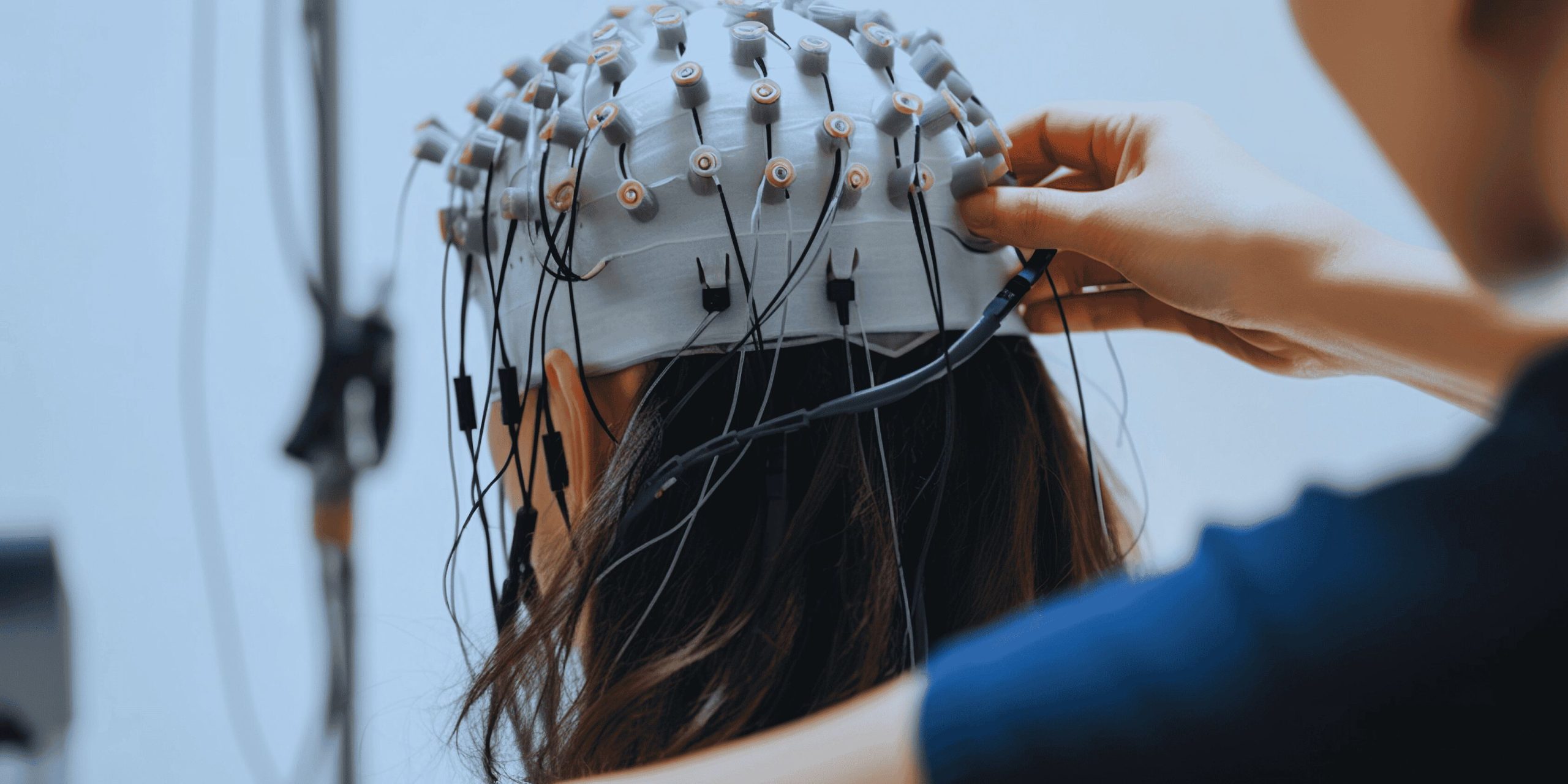Measuring brain activity in psychiatric disorders
Project coordinator:
Aline Lefebvre
Scientific coordinator:
Anton Iftimovici, Institute of Psychiatry and Neuroscience of Paris (IPNP)
Coordinating institution:
CEA
Biomarkers, neurophysiology, precision psychiatry, electroencephalography, transdiagnostic
- Budget: 1,3 M€
- Duration: 60 months
- Number: ANR-22-EXPR-0009
Clinical heterogeneity and symptom overlap among most psychiatric disorders, represent a significant barrier to their understanding and the development of personalized therapeutic approaches. This heterogeneity reflects a pathophysiological continuum that extends beyond current diagnostic classifications.
In this context, the functional and neurophysiological aspects underlying symptomatology remain poorly understood.
High-level cognitive processes depend on synchronized neural oscillations, resulting from the balance between excitatory and inhibitory neural populations, which can be directly measured through electroencephalography (EEG).
Similar neurophysiological abnormalities have been reported, from mood disorders to schizophrenia and autism spectrum disorders.
EEG thus offers a unique, non-invasive window on the brain’s electrophysiological activity, enabling to study the dysfunction of neuronal networks specific to different diseases, or shared between them, with high temporal resolution and reliability, and a favorable ratio of practicality over cost that has already allowed at-home ecological monitoring.
Moreover, the availability of international large-scale collections and the development of new quantitative markers of neuronal activity, offer the possibility to estimate the expected variation of each measure and therefore identify at individual level subjects who show neurophysiological deviations from such normative models.
The EEG-MIND project aims to measure brain activity in a transdiagnostic cohort of individuals, from late adolescence to adulthood (early psychosis and schizophrenia, bipolar and depression disorders, and autism spectrum disorder).
In search of functional signatures of disease or transdiagnostic dimension, treatment response and prognosis, it will leverage high-resolution EEG headsets (126 electrodes). That improve spatial resolution and allow source reconstruction, enabling precise mapping of functional neural networks, which will be integrated with other functional or structural connectivity imaging modalities of the PEPR PROPSY, such as functional magnetic resonance imaging or diffusion tensor imaging.
The homogenization and standardization of EEG protocols across all centers in France and the development of stable and reproducible data (pre-)processing pipelines, will allow replication and comparability with other international cohorts in an open science approach, while aiming at facilitating personalized clinical interventions.
Fondation FondaMental, GHU Paris psychiatry & neurosciences, Mindig

